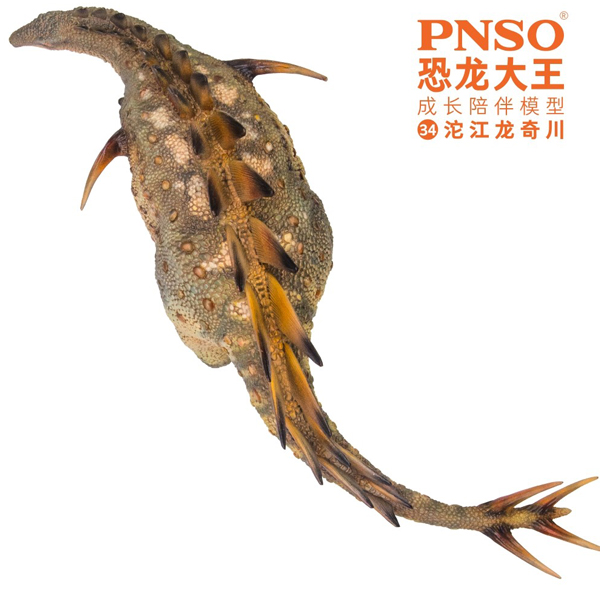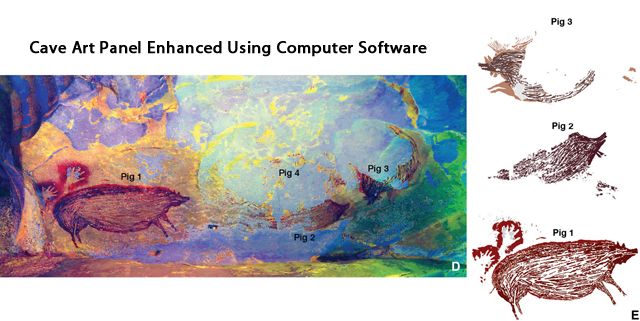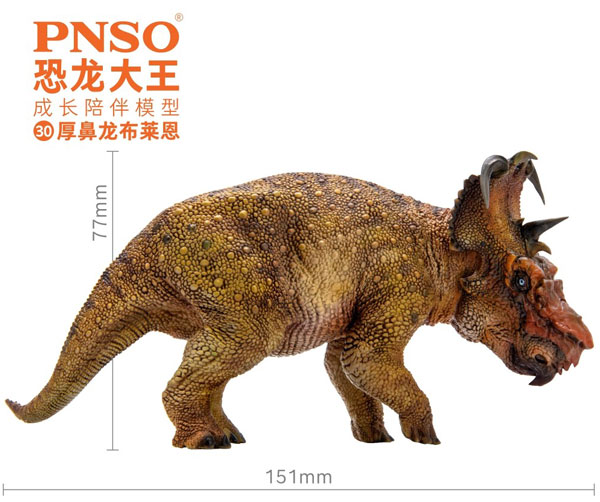Preparing a New Web Image Promoting PNSO
Preparing a New Web Image Promoting PNSO
Everything Dinosaur team members have been busy preparing, packing and despatching all the new PNSO prehistoric animal model orders to customers. As well as spending a lot of time in the packing room, they have also ensured that they have promoted the new PNSO arrivals on their various social media platforms including Facebook and Instagram. The Everything Dinosaur website has also been updated with a new home page image highlighting the diverse range of newly arrived PNSO prehistoric animals. A new web page design has been created to promote PNSO dinosaur models.
A New Visual Has Been Prepared Promoting the New for 2021 PNSO Prehistoric Animal Figures

Preparing a new publicity image for the new for 2021 PNSO prehistoric animal models. Can you name all the figures in the picture? Picture credit: Everything Dinosaur.
Picture credit: Everything Dinosaur
Visit Everything Dinosaur’s website: Everything Dinosaur.
PNSO Dinosaur Models – A New Slider for the Website
The new slider for the Everything Dinosaur website features a total of eight PNSO figures, seven dinosaurs and an image of the packaging of Zewail the Atopodentatus, a bizarre, Triassic marine reptile, fossils of which come appropriately, from China. The image shows in the top left Audrey the Lambeosaurus, complete with its magnificent, reticulated colour scheme, (inspired by an extant giraffe, which the design team at PNSO were also working on when the Lambeosaurus was in development). Next to the Lambeosaurus is an overhead view of the stegosaur known as Qichuan (Tuojiangosaurus). A larger image of Brian the Pachyrhinosaurus can be seen (bottom right) and this partly obscures the Atopodentatus product packaging.
A Dorsal (Overhead) View of Qichuan the Tuojiangosaurus Features on the New Everything Dinosaur Visual
A Partial View of the PNSO Borealopelta
In the top right corner of the new Everything Dinosaur web visual, an image of Gavin the Borealopelta lurks. There is a small picture of Caroline the Corythosaurus adjacent to the Borealopelta’s muzzle and a Microraptor model (Gaoyuan the Microraptor), which came into stock at Everything Dinosaur in quarter 3 of last year (2020), can also be seen in the image too. The eighth figure (centre top), is an image of the packaging of the eagerly awaited Essien the Spinosaurus, another exciting addition to the PNSO mid-size model range.
To view all the new PNSO prehistoric animals in stock at Everything Dinosaur: PNSO Age of Dinosaurs.


























